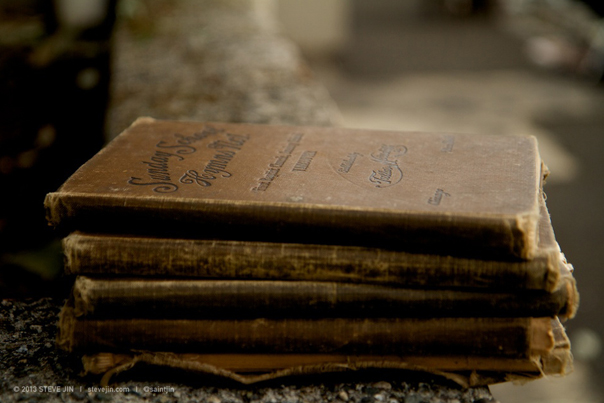Revitalisation of Polish Protestant heritage

Protestant hymns in our country are inevitably disappearing, or perhaps have already disappeared. In a few churches we can still hear some single notes of the dying tradition. Well, tradition – it is such an uncomfortable word in evangelical circles. Protestant hymns written and composed in countless number, are the musical legacy left by many generations of evangelical Christians. Among the authors of Protestant hymns we find such names as Martin Luther, George Handel, Johann Sebastian Bach, Isaac Watts and Charles Wesley. As a church, we wonder why the churches turned away from these hymns so quickly and easily. Should not we be like a good master, bringing out of his treasure what is new, and what is old (Matt. 13:52)?
Not every Slavic nation can boast of Protestant hymn books dating back to the sixteenth century. The Christ the Saviour Church in Krakow aims to bring to life the forgotten cantional by Peter Artomiusz published in Torun in 1578.
Peter Artomiusz, is known primarily as a protestant preacher and prominent propagator of the Polish language. He played the music, easily wrote poems, initiated a large-scale translation of hymns from Latin and German.
Cantional acquainted a believer with the history of salvation, and at the same time was a record of human fears and desires, reflected the religious life and also shaped it. The choice of songs was made over the religious divisions. Among the dominant Lutheran texts we find the reformed works, and the works of the Hussite and Czech Brethren churches. The idea of Artomiusz was that the cantional had to shape the religious life of the inhabitants of Torun in spirit of Protestant denominations unity.
This work is a veritable mosaic that is made up of works by Jan Kochanowski and songs written by the provincial poets, with the tracks of the Renaissance enthusiasm for the universe. There are songs extending from the Middle Ages up to the songs of the last quarter of the sixteenth century.
These are simple pieces polemicizing with serious issues of the truths of faith given by the Church. There are also songs from various districts of the Republic. Artomiusz’s contribution was the skilful collection of songs aimed at religious cult and editorial initiative of the language, thanks to which the believers received a prayer book which was an example of the sixteenth-century Polish language. Today, it is a source of knowledge and inspiration for Polish language researchers, musicologists and historians, and the songs with musical notation are performed and recorded by the ancient music lovers.
The liturgical books, which were used only by the priests were called cantionals until the mid-sixteenth century. The particular flourishing of this types of collections, changing their function and, above all, the recipient are associated with the development of the Reformation and the rise of a new kind of religious song. In order to fulfil one of the basic goals of the Reformation, which was the activation of the believers and making the liturgy clear and more understandable, the community singing was created no longer in Latin but in the national languages. Cantional began to be used by believers in everyday religious practices, helping to nurture the faith and the teaching of the Christian life. The name "cantonal" was spread mainly in Czech Republic and Poland.
Polish Protestant cantionals emerged in connection with the increasingly frequent use of the national language at the Reformed church services. The places where the songs were performed were not only temples and possibly cemeteries, but also "home churches". According to the Old Testament and the instructions of St. Paul, that point to the purifying and catechetical properties and values of singing, a religious song in a Protestant family had to accompany all the events, fuelling the whole life with religious content. At first their spread was slow because of the lack of printing houses. Later, however, printing houses appeared in other cities, that published songbooks and cantionals in Polish.
For the first time, according to the most researchers and preserved copies, the cantonal by Artomiusz appeared in Torun in 1587. It was the ninth and the last item in the series Polish Protestant cantonals in the sixteenth century.
Source: "Peter Artomiusz and his Torun cantional of the end of the sixteenth century" - Karolina Smolarek, Torun Yearbook 41.